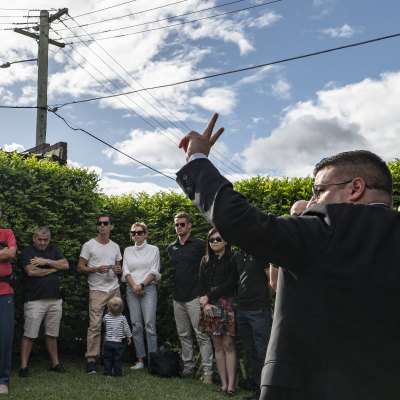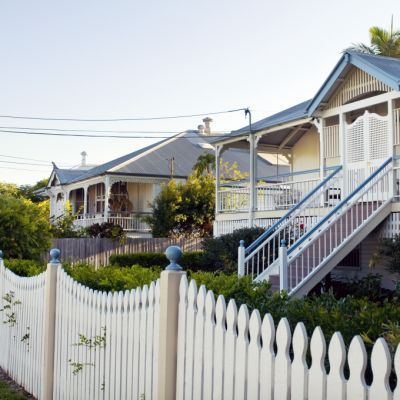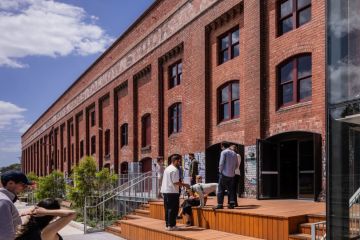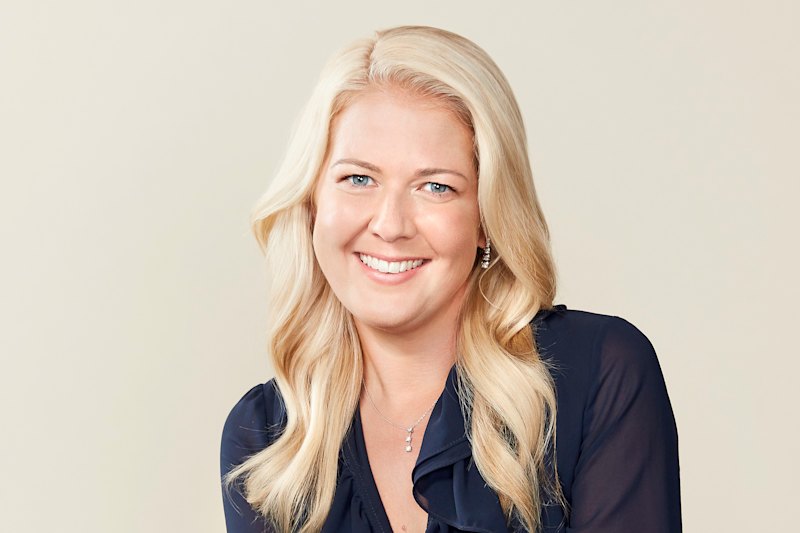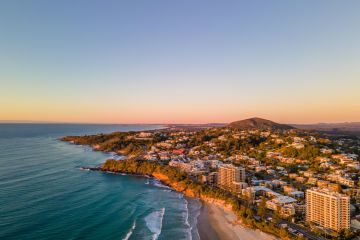The RBA has paused interest rate rises for now – this is what you need to know
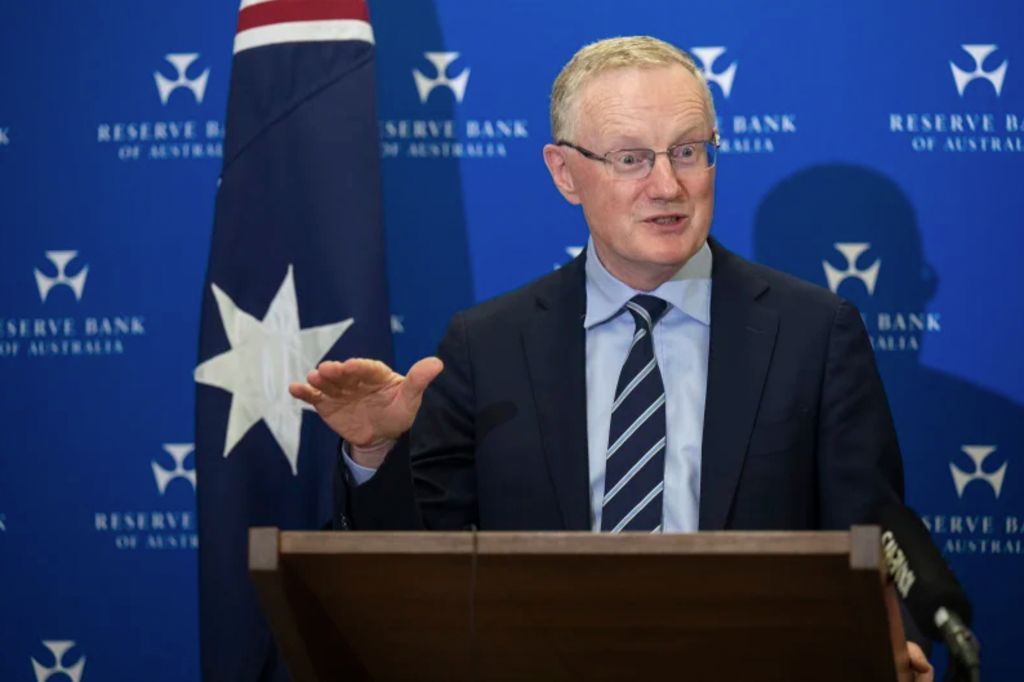
Key points:
- The RBA has kept the cash rate target steady at 3.6 per cent at its April meeting.
- This is the first time rate hikes have been paused since the RBA started raising the official interest rate in May last year.
- Experts are split over whether the cash rate target will go up further or stay on hold until the RBA starts cutting.
Mortgage rates are to be put on hold for the first time since May last year in a major boost for home owners after the Reserve Bank of Australia (RBA) voted on Tuesday to press pause at its April board meeting.
After an historic 10 rises in a row, the cash rate will now stay at 3.6 per cent for at least another month.
But it may not be the end of rate hikes, with RBA governor Philip Lowe indicating the cash rate target may need to be lifted again, depending on what the upcoming data on inflation, household spending and the labour market shows.
“The Board expects that some further tightening of monetary policy may well be needed to ensure that inflation returns to target,” he said in a statement.
He said the latest data indicated inflation had peaked and growth in the Australian economy had slowed, while recent banking system problems overseas had caused volatility in financial markets and were expected to lead to tighter financial conditions globally.
“I think it was fairly borderline; it could have gone either way,” said Domain Home Loans chief executive Kareene Koh. “But with the target cash rate [being] 3.85 to 4.1 per cent, then it’s perhaps only one more rise away and the good news is that then they’re pretty much close to done with the rate rises.
“I think that certainty will provide a lot of relief for home-buyers. It doesn’t ease the pain of higher mortgage costs, but it will help people to stabilise and regroup.”
But a major problem lies with the global uncertainty caused by overseas bank crises, particularly with the failures of Silicon Valley Bank and Signature Bank in the US, the takeover of Europe’s Credit Suisse, and fears over the future of Deutsche Bank.
“These signs of instability could have potentially created more uncertainty here so it’s good the [RBA] has chosen to hold to avoid that,” Koh said. “But while inflation has fallen, we still have to wait and see what happens with inflation in the coming weeks to see whether that fall will sustain.
“We’ll need to see that stabilise and decline over a couple of quarters before we’ll know for sure if there’s just one more rate rise to come.”
Hopes of a pause in the rate hikes had been fuelled by the latest inflation figures from the Australian Bureau of Statistics. They showed February’s rate slowed from 7.4 per cent to 6.8 per cent monthly, the second consecutive month of lower annual inflation from the peak of 8.4 per cent in December 2022.
Bendigo and Adelaide Bank chief economist David Robertson said the quarterly inflation figure to be released on April 26 would provide a good pointer of rate movements over the rest of the year.
“We’re seeing a lot of unrest from the US and Europe in their financial systems, but while there’s none of that here, it does have consequences,” Robertson said. “But, on the other hand, we’re seeing signs of the cumulative impact of rate rises on consumer sentiment with lower retail sales, a drop in discretionary spending and a small fall in business confidence.
“So there’s both real and anecdotal evidence that they’re having an impact and now the Bank can afford to wait and see. I’m hopeful that we’ve done the bulk of the heavy lifting and inflation will gradually come and there could be one more rate rise, or maybe even none.”
Ray White chief economist Nerida Conisbee was even more optimistic, believing that this hold on rates could also extend to next month, and then the next movement could be downwards with a rate cut.
“Of course, we know things can change very quickly but providing inflation continues to come down – despite rents – then we’re potentially close to seeing a rate cut,” she said.
“While overseas bank frailties have caused concerns for the RBA, our banks are in a very different position, holding a very low proportion of tradable securities and having significant liquidity. At the same time, Australia is still not immune to a shaky global financial situation and the RBA needs to move carefully.”
Ray White has reported that house prices are bouncing back across the nation, with Sydney leading the recovery on a 4.1 per cent lift from the low of December 31, 2022, Melbourne up 3 per cent, Canberra 2.7 per cent, Hobart 2 per cent, Brisbane 1.8 per cent and Perth 1.1 per cent up from its low of September 2022.
“With the outlook for interest rates now looking far more positive for mortgage holders and those looking to buy a home, it is no surprise that house prices continue to move upwards,” Conisbee said. “Price growth began again in December last year and is likely to continue for the remainder of the year.”
Macquarie Bank economist Justin Fabio predicted the RBA would hold and said he believed we were very close to the end of rate rises, with possibly only one or two more to come and then a period of rates holding.
“Inflation is still very high and our labour market is still super-tight even though it’s softened a little bit,” he said. “That tightening is washing through.
“But I think more certainty would be welcomed by households, businesses and financial markets, although to some extent we’re only faffing around the edges now. There’s not much more to do and the quarterly inflation figure out towards the end of April will give us a lot more clarity.”
We recommend
We thought you might like
States
Capital Cities
Capital Cities - Rentals
Popular Areas
Allhomes
More
